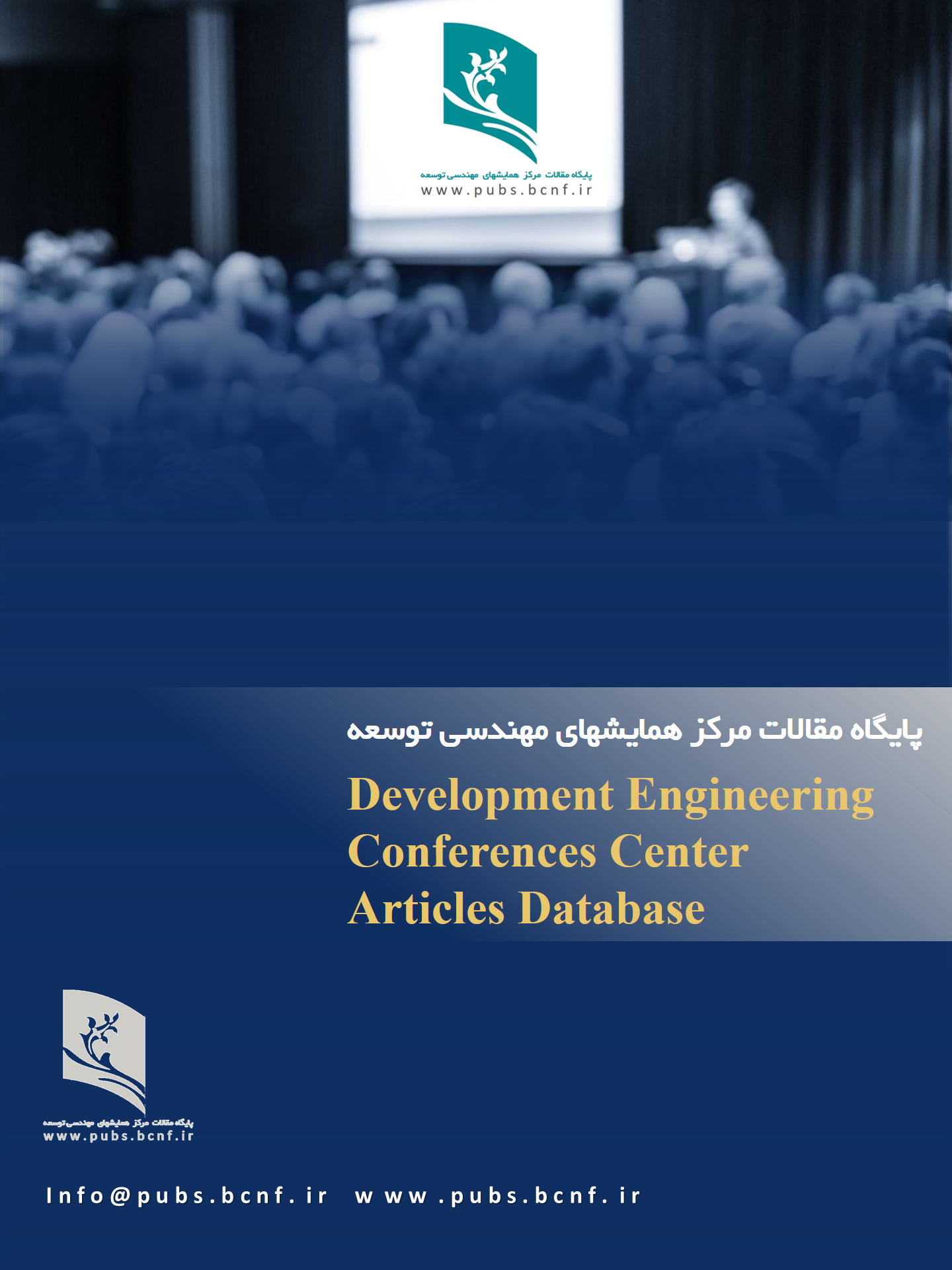Review:Impact of tea extract and antimicrobial effects on Newcastle disease
کلمات کلیدی:
Newcastle disease, Tea, Antimicrobial propertiesچکیده
In recent years, we have had a serious problem with bacterial and viral diseases in poultry. Every day, 202 million chickens are consumed worldwide using artificial medicine that may improve bacterial resistance and force us to control resistant species. Therefore, looking for natural substances that have shown great antimicrobial properties is important nowadays. Research has shown that tea extract has been able to improve the immune system with antimicrobial properties.
In this experiment, black, white, and green tea extracts were used. 26 groups of 9-day-old embryonated eggs were inoculated with different concentrations of plant extracts during the investigation. Antiviral activity was observed in the extracts. One of the most common ways of inoculating the vaccine is through the eye, intranasal, and oral routes. The collected plants were washed 2-3 times with distilled water, dried and powdered. Then, a sample of 20 grams in 200 ml of liters was extracted with acetone, ethanol, chloroform, and hexane.
The results of this research showed that the use of antimicrobial properties of tea shows a good effect at controlling Newcastle disease. In the future, we can expect to see fewer losses in poultry with the optimal use of tea powder.
دانلودها
مراجع
Adiwinata, H. O., Martosupono, M and Schoorel, A. F. (1989).Camelliasinensis. In E. Westphal and P. C. M. Jansen (Eds.), PROSEA plant resources of Southeast Asia: a selection (pp.72-79). PudocWagen. Akowuah, G.A., Ismail, Z., Norhayati, I and Sadikun A. (2005).The effects of different extraction solvents of varying polarities of polyphenols of Orthosiphon stamineus and evaluation of the free radical-scavenging activity.Food Chemistry, 93:311-317. Alexanda, D.J. (2001): Newcastle disease. British Poultry Science.42:5-22. Alexander, D.J AndSenne, D.A. (2008).Newcastle disease and other avian paramyxoviruses, in:Dufour-zavala, l., Senne, d.a. andGlisson, j.r. (eds).A laboratory manual for the isolation, identification and characterization of avian pathogens, 5th Ed) pp. 135-141 (OmniPress, Inc, Madison,Wisconsin, USA). Alexander, D.J. (2003). Newcastle disease, other avian paramyxoviruses and pneumovirus infections.Pp.63-99 in Diseases of Poultry.Y.M. Saif ed., Iowa State Press, Ames Iowa. Alexander, D.J., Manvell, R.J and Parsons, G. (2006). Newcastledisease virus (strain herts 33/56) in tissues and organs of chickensinfected experimentally. Avian Pathol., 35: 99-101. Ashraf, Asma., Ashraf, Muhammad., Rafiqe, Azhar., Aslam, Bilal., Galani, Saddia., Zafar, MuhammadAsad.,Asghar, Rana., Akram, Sidra., Ahmed, Hamad., Muhammad, Syed., Ali Shah, Dr Syed., Asif, Rizwan. (2017). In vivo antiviral potential of Glycyrrhiza glabra extract against Newcastle disease virus.Pakistan journal of pharmaceutical sciences., 30: 567-572. Baskaran, C., Rathabai, V., S.Velu andKumaran, K. (2013).The efficacy of Carica papaya leaf extract on some bacterial and a fungal strain by well diffusion method.Asian Pacific Journal of Tropical Disease., 2: 10.1016/S2222-1808(12)60239-4. Brown, C and Torres, A. (2008): USAHA foreign animal diseases.7th Boca Publication Group Inc., U.S. pp 1-2. Brugh, M., Erickson, G.A and Beard, C.W. (1980).Embryonated eggs compared with fragments ofchorioallantois attached to egg shell for isolation ofNewcastle disease virus. Avian. Dis., 24: 486-492. Caffin, N., Arcy, B., Yao, L. H., andRintoul, G. (2004).Developing an index of quality for Australian tea. RIRDC Publication No. 04/033, Project No. UQ-88A, Publication of Rural Industries Research and Development Corporation, Australia, 192 pp. Chen, C. N., Liang, C. M., Lai, J. R., Tsai, Y. J., Tsay, J. S., and Lin, J. K. (2003). Capillary electrophoretic determination of theanine, caffeine, and catechins in fresh tea leaves and oolong tea and their effects on rat neurosphere adhesion and migration.Journal of Agricultural and Food Chemistry, 51, 7495-7503. Chollom, S.C., Agada, G.O.A., Bot, D.Y., Okolo, M.O., Dantong, D.D., Choji, T.P., Echeonwu, B.C., Bigwan, E.I., Lokason, Sand Banwat, E. (2012). Phytochemical analysis and antiviral potential of aqueous leaf extract of Psidium guajava against newcastle disease virus in vivo. J. Appl. Pharm. Sci., 2: 045-049. Cora, J., Dillard and Bruce German, J. (2000). Phytochemicals: Review, nutraceuticals and human health. J Sci Food Agric., 80:1744-1756



